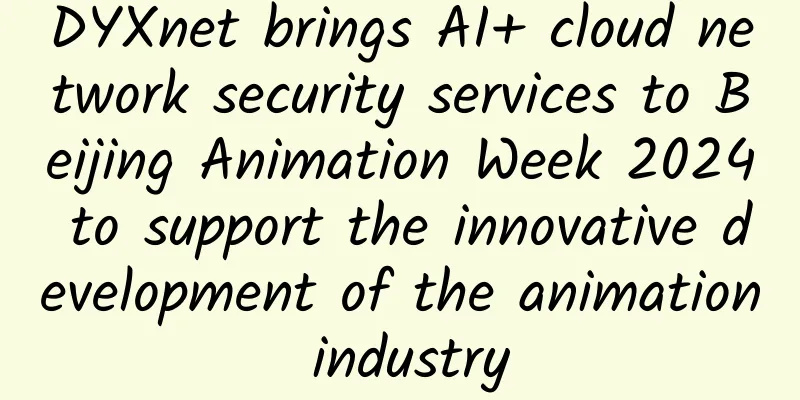Just-in-time infrastructure: Infrastructure at the speed of business

|
Enterprises are under increasing pressure to deliver new digital products and services at an unprecedented pace to meet the needs and expectations of internal users and customers. Recently, many enterprises have focused on accelerating development and deployment cycles, but if the infrastructure is not ready or able to support these, then these efforts will be in vain. Gartner identified this issue as one of the top trends impacting infrastructure and operations this year. The report states that "the accelerating pace of technological change creates tremendous opportunities (and pressures) for IT leaders to align with business priorities." Anticipated shorter development and deployment times are driving the trend toward “just-in-time infrastructure,” with Gartner emphasizing the need for enterprises to deploy infrastructure as quickly as possible. Gartner and other companies are starting to see SOWs (statements of work) and procurement agreements for infrastructure and services that list expected delivery times next to each item. This is consistent with the need for IT departments to respond faster to business needs, an issue that has become more prominent due to disruptions related to the pandemic. Deloitte's recently released Technology Industry Outlook 2022 notes that the COVID-19 pandemic has had a lingering impact in accelerating the pace of business. When the pandemic began two years ago, it forced many companies into the future, rapidly accelerating digital transformation. Supporting this transformation and the speed at which it needs to take place requires what Deloitte calls taking cloud computing to new heights. "As more companies adopt cloud computing and service-based IT technologies to drive innovation and transformation, everything-as-a-service will become key to digital transformation, especially for new solutions and business models," the report said. Delivering infrastructure at the speed of businessThere are several ways IT departments can deliver infrastructure in a timely manner to meet the speed of modern business. Traditionally, enterprises have turned to cloud services, including infrastructure as a service (IaaS) and platform as a service (PaaS). IaaS provides the raw facilities (servers, instances, storage, interconnectivity, etc.) to run development and operational environments. But PaaS adds tools, applications, and databases. By providing all of these things as a service, the enterprise can focus on its applications. People are exploring other options. One is Network as a Service (NaaS). NaaS is the logical result of many business processes moving to the cloud. It provides an all-in-one solution, usually including equipment, software, coordination and management, and has a fixed recurring fee. The service is customized to meet the user's specific business requirements. Another relatively new market entrant is Everything as a Service (EaaS). Compared to PaaS, EaaS, often referred to as IaaS Plus, extends traditional infrastructure to the application development space. EaaS includes all the code and settings as well as the infrastructure and software to run an application. The application and its environment all run together. EaaS can be used in production environments as well as for development. The compelling aspect of EaaS is that the service typically lets enterprises choose how developers and operations teams access the service. This may include access through a web portal, a command-line interface, or directly through the developer's CI/CD tools. This capability is particularly important today given the way applications are developed and maintained. Following the "out with the old, in with the new" mentality, some enterprises are rediscovering composable infrastructure. Composable infrastructure leverages a pool of physical or virtual infrastructure that can be provisioned as needed. A defined pool of infrastructure can include compute, network, and storage resources. Composable infrastructure has traditionally been thought of for on-premises environments. But now, there is interest in extending its benefits to cloud and hybrid environments. To do this requires a high level of process and automation maturity, coupled with a firm understanding of resource requirements. The common theme among all of these approaches is that they are designed to help businesses move quickly when opportunities arise or when the need for new applications or services arises. |
<<: 6G research should be prepared for a rainy day
Recommend
“Hotel chains” also have “five-star” Wi-Fi! How did Lavande Hotels do it?
Hotel Wi-Fi ≈ Slow speed and insecurity? This pro...
Easy-to-understand illustrations of online interview knowledge - Part 1
Regarding network knowledge, I mainly talk about ...
iWebFusion: $149/month-E3-1230v3/16G memory/250G SSD hard drive/150TB@10Gbps bandwidth
iWebFusion (iWFHosting) was founded in 2001. It i...
These 8 IT infrastructure terms IT practitioners should know
IT infrastructure is changing rapidly. Specifical...
Six ways 5G can save the global supply chain
5G enables real-time data at the point of origin,...
Ten underutilized SD-WAN features
SD-WAN is more than just an alternative to Multip...
ZgoCloud: $14/quarter-AMD Ryzen9, 1GB memory, 30G NVMe, Osaka, Japan data center
ZgoCloud domain name registration started in Apri...
What does Wi-Fi 6 and 5G convergence look like?
With Wi-Fi 6 and 5G convergence, the connectivity...
Tribute to hackers | Review of the exploration of memory virtualization
[[415610]] Cloud and virtualization Cloud computi...
What changes does MPLS need to make to build networks for 5G?
5G has unique challenges in not only enabling ser...
IPv6 Security Thinking: Risk Analysis of Recursive DNS in IPv6 Networks
DNS (Domain Name System) is an important core inf...
Huawei Cloud Solution Selection Competition and Cloud Migration Competition are in hot selection, looking for excellent solutions and talents
[51CTO.com original article] At the beginning of ...
Justhost: 20% off all VPS, 200M unlimited data, monthly payment from $1.34 in Russian data center
Justhost.ru is a Russian hosting company founded ...
Aruba Helps Global Operators Seamlessly Extend 5G Cellular Networks to Enterprise Environments with Passpoint-Based Wi-Fi Services
Recently, Aruba, a subsidiary of HPE, announced t...
Don't call Riverbed just a WAN optimization company anymore. It's become something more.
[51CTO.com original article] Recently, Riverbed l...









